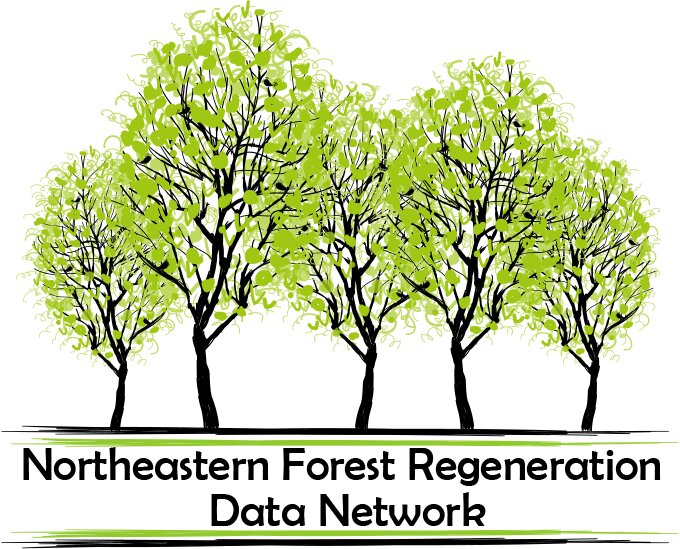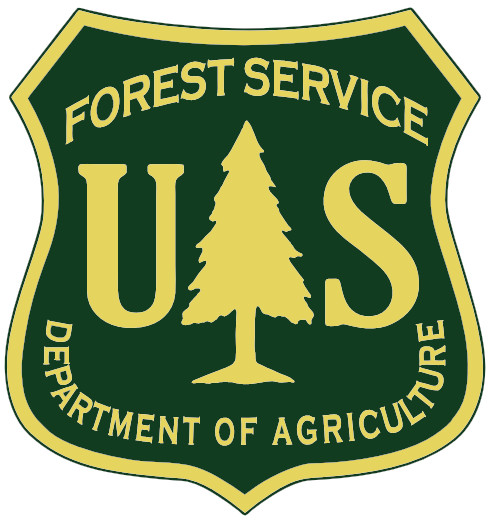Use this Network to:
Learn more about this tool here
More information on how to use this tool here
Project Analysis Key
Project suitability for specified analysis:
Comparability of project metrics and sampling schema to FIA:
The goal of this database is to improve the discovery of and access to research and monitoring projects related to tree regeneration in the Northeastern US. We have provided detailed and structured metadata to more easily compare projects as well as an expert assessment if an individual project can be used for specific analyses.
This Network provides the forest ecology community with improved access to regeneration data across the Northeast. In doing so, it improves the potential for data integration through methods documentation and analytical processes for comparing datasets across programs. As such, larger scale and compiled datasets can be used to evaluate pertinent questions about forest regeneration in the region.
For more detailed information on this resource please see the Northeastern Forest Regeneration Data Network Technical Report
The Northeastern Forest Regeneration Data Network was created by the Forest Ecosystem Monitoring Cooperative (FEMC) following input from cooperators, committees, and partners.
We are appreciative of the participation of many researchers, scientists, and managers who have provided information related to their project, and to Harvard Forest and Hubbard Brook Ecosystem Study for making well-documented data public. We appreciate the long-term funding from the U.S. Department of Agriculture, Forest Service State & Private Forestry, Vermont Agency of Natural Resources and the University of Vermont.

Use the Northeastern Forest Regeneration Data Network to search or browse for projects and datasets related to tree regeneration. To locate projects you can use the filter (bottom left of map) to select specific attributes or fields of interest or browse by the list of projects in the table. Explore and compare the methodology and potential uses for each project.
Only those projects that match your criteria will be listed in the table. Expanding the project gives you more information, including: primary contact person, description, a link to the detailed project metadata, and a link to the FEMC Data Archive page where you can explore the project in more detail. To see all analyses that were considered, expand the seedling or sapling section using the plus symbol in the upper right of the column title. For each project, we have provided expert assessment of:
The project methods page allows you to access and compare detailed metadata and methods for specific projects, and can be accessed by clicking on a specific project title, or by selecting “Compare Programs” (top left of the table of projects). Either option will allow you to explore and compare standardized methodology and metadata. Up to three projects can be shown at once by selecting projects to the right. A pdf version of the metadata can be downloaded.
To cite the Northeastern Forest Regeneration Data Network in general, we suggest:
The Northeastern Forest Regeneration Data Network (Version 1.0). 2020. Forest Ecosystem Monitoring Cooperative. Available at: https://vmc.w3.uvm.edu/vmcdevel/CI4/forest_regen.
We have provided citations for each project, to cite an individual dataset or project, please refer to the corresponding FEMC archive project information page.
The initial inventory of projects related to tree regeneration, herbivory, and/or tree seed production were collated based on cooperator suggestions, professional contacts, known datasets, and search engine queries. Any project or dataset was considered for inclusion if it measured or assessed tree seedlings, tree saplings, browse presence/absence or intensity on the regeneration layer, or mature tree seed or flower production. We included any relevant resources that may have a methodology that could be adapted to another project. This work represents a first round of dataset gathering, with the potential to add other appropriate projects in the future.
We developed a methods assessment framework to systematically evaluate each project included in this effort. In this framework, we catalogued the metadata, methods, and metrics collected. The assessment table was designed so it can be applied easily to additional programs and can accommodate a range of project types, but at the same time allow for easy comparison of projects and data analysis. Using the results of this methods assessment framework, we then assessed whether each project was comparable to FIA, and the level of suitability for using the project to analyze a subset of characteristics of seedlings and saplings.
For each project, we assessed how easily it could be compared or integrated with FIA data. For each project, we ranked compatibility as Low, Medium, or High. High compatibility was assigned if there were permanent plots that were assessed over multiple inventories and if there were similar metrics to those in the FIA program. Medium compatibility was assigned if there was some similarity in metrics assessed or if the project could be compared with one aspect of FIA data – for example, if the project only assessed eastern hemlock regeneration, the project would only be compatible with FIA data for that one species. Low compatibility was assigned if the data collected was not comparable to specific FIA data, but could be compared generally.
For each project we assessed whether there was sufficient information to analyze seedling or sapling:
For each one of these analyses, we evaluated if the project had sufficient information based on the required data needed for that analysis.
| Analysis | Required metrics |
|---|---|
| Density | Species, count, plot size |
| Species Composition | Tallies by species |
| Mortality | Status (i.e. live and dead stems) or tracking of individual trees over time |
| Biomass | Diameter, height |
| Browse Impacts | Browse assessments |
| Change over time | Data collected at two or more distinct points in time |
| Effects of treatment or management | Data per treatment or management |
| Relationship with overstory trees | Overstory tree data collected in the same locations as regeneration data |
If there was sufficient information for the specified analysis, the project was assigned ‘suitable’. If the project contained some of the information required for the specified analysis, it was assigned ‘partially suitable’. This may mean that to complete the specified analysis, modeling or assumptions may be needed. If the project did not contain the information needed for the specified analysis, it was assigned ‘unsuitable’.
For more information please see the methods section in the Northeastern Forest Regeneration Data Network Technical Report
The goal of this database is to improve the discovery of and access to 65 research and monitoring projects related to tree regeneration in the Northeastern US. We have provided detailed and structured metadata to more easily compare projects as well as an expert assessment if an individual project can be used for specific analyses.
This Network provides the forest ecology community with improved access to regeneration data across the Northeast. In doing so, it improves the potential for data integration through methods documentation and analytical processes for comparing datasets across programs. As such, larger scale and compiled datasets can be used to evaluate pertinent questions about forest regeneration in the region.
For more detailed information on this resource please see the Northeastern Forest Regeneration Data Network Technical Report
The Northeaster Forest Regeneration Data Network was created by the Forest Ecosystem Monitoring Cooperative (FEMC) following input from cooperators, committees, and partners.
We are appreciative of the participation of many researchers, scientists, and managers who have provided information related to their project, and to Harvard Forest and Hubbard Brook Ecosystem Study for making well-documented data public. We appreciate the long-term funding from the U.S. Department of Agriculture, Forest Service State & Private Forestry, Vermont Agency of Natural Resources and the University of Vermont.





